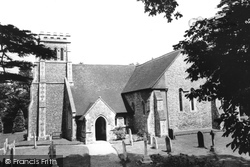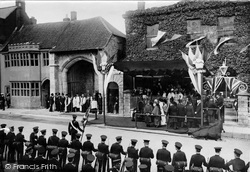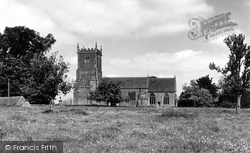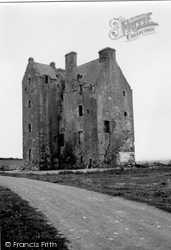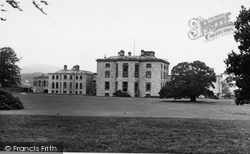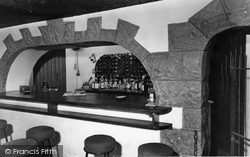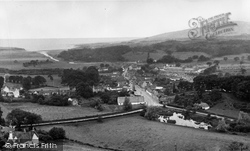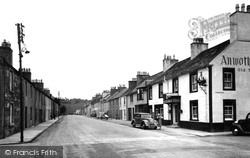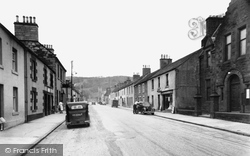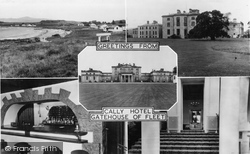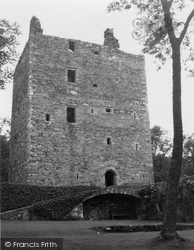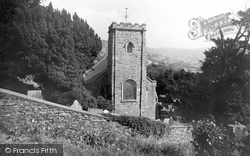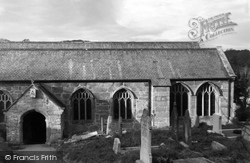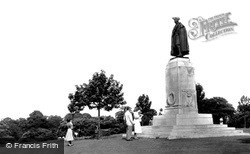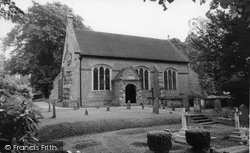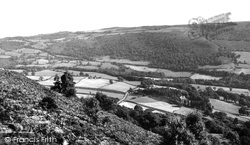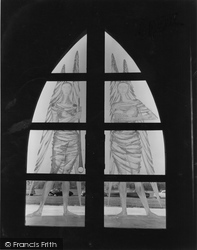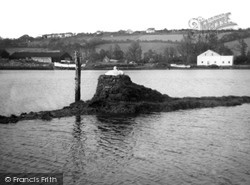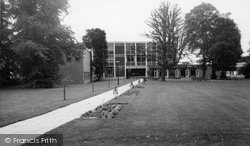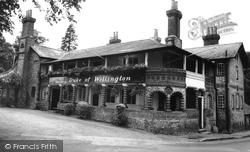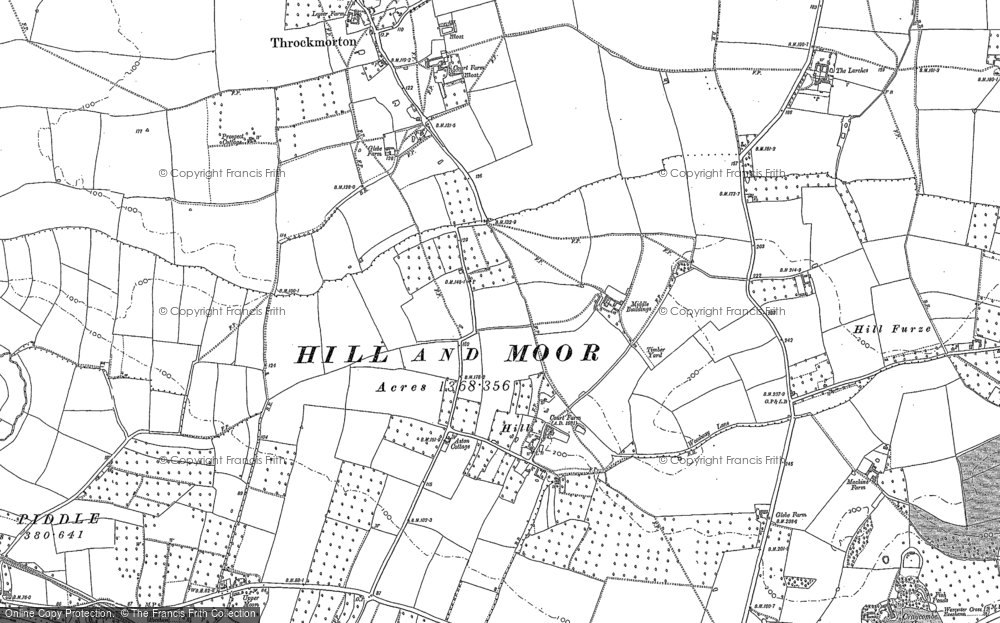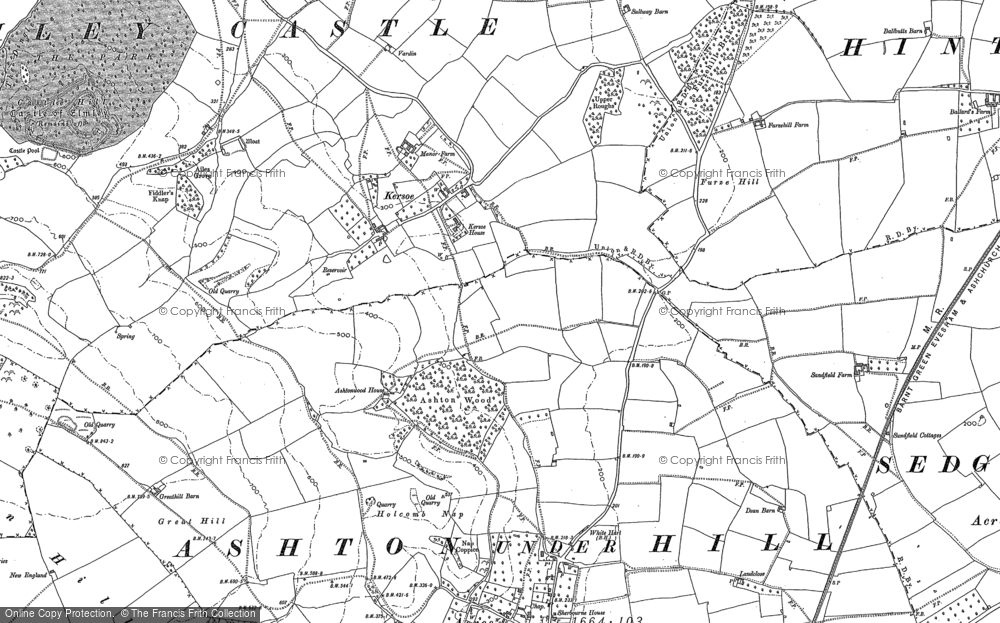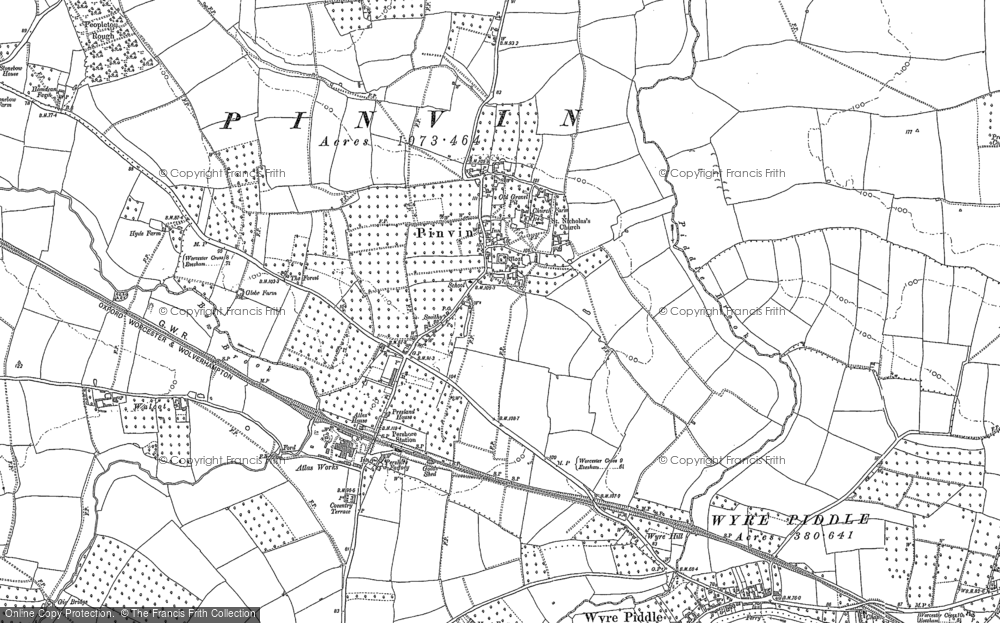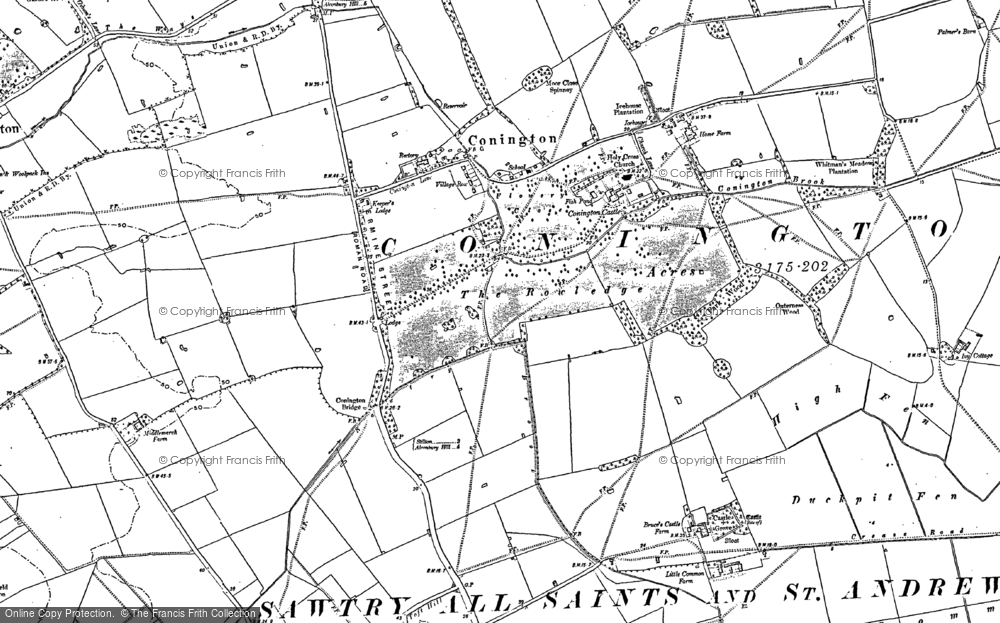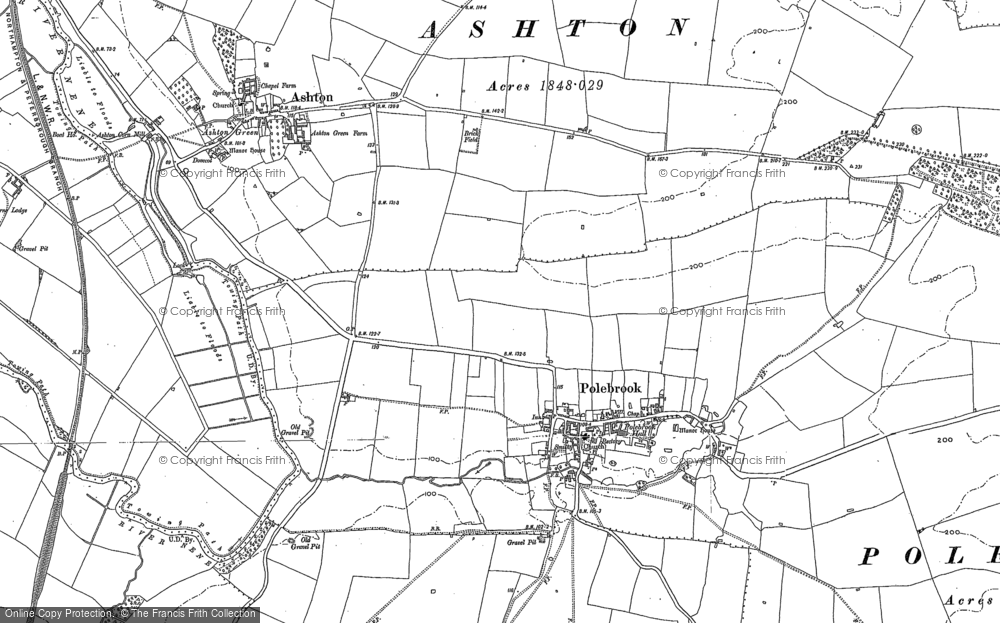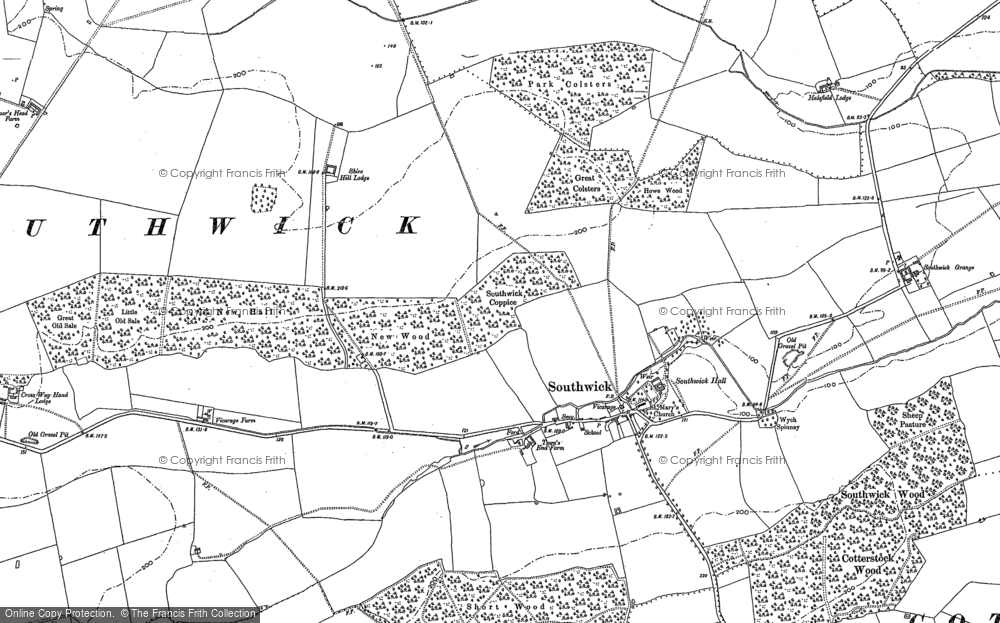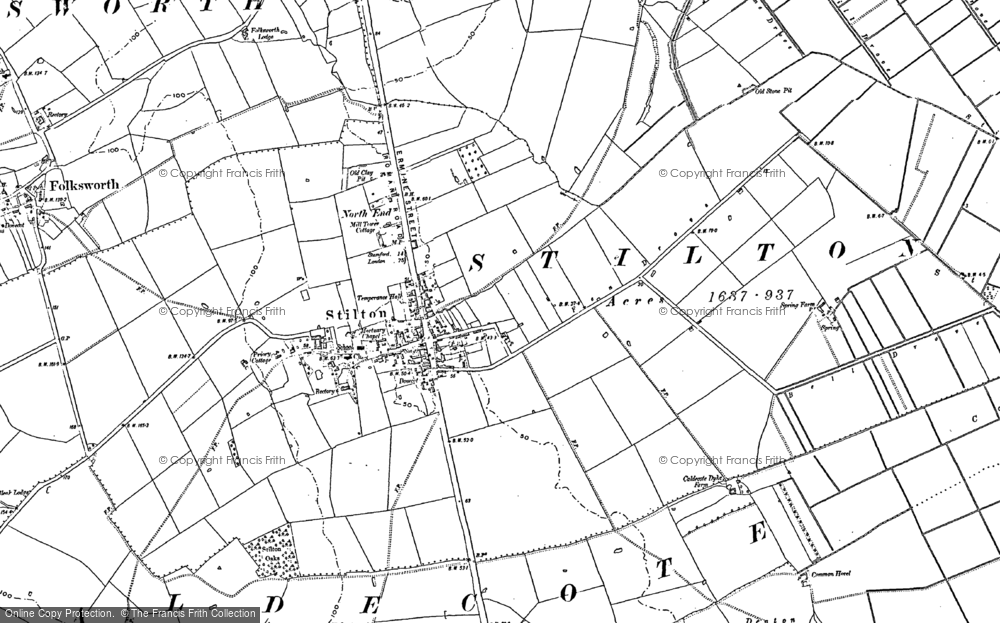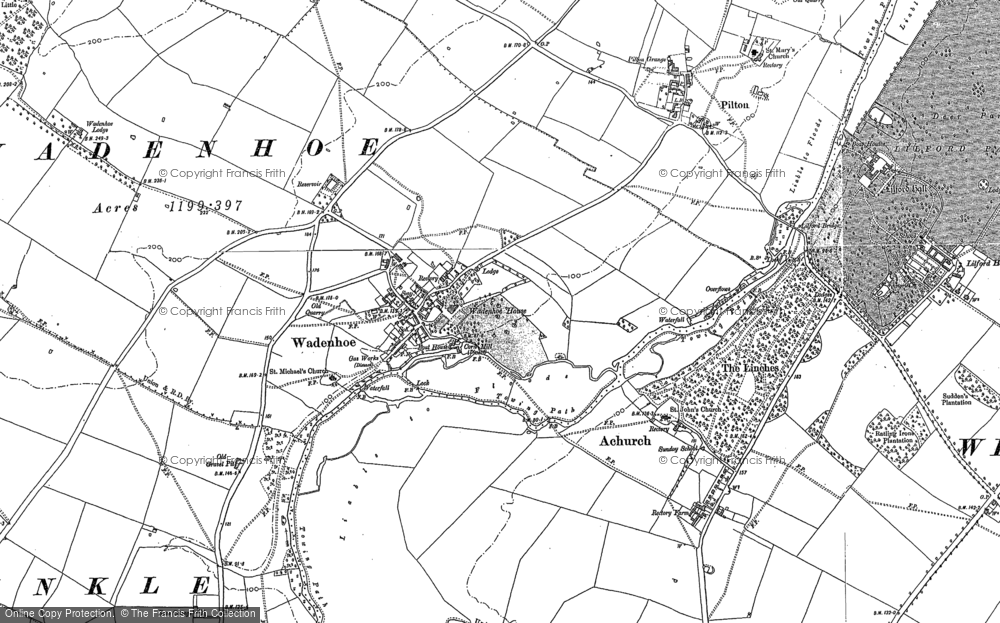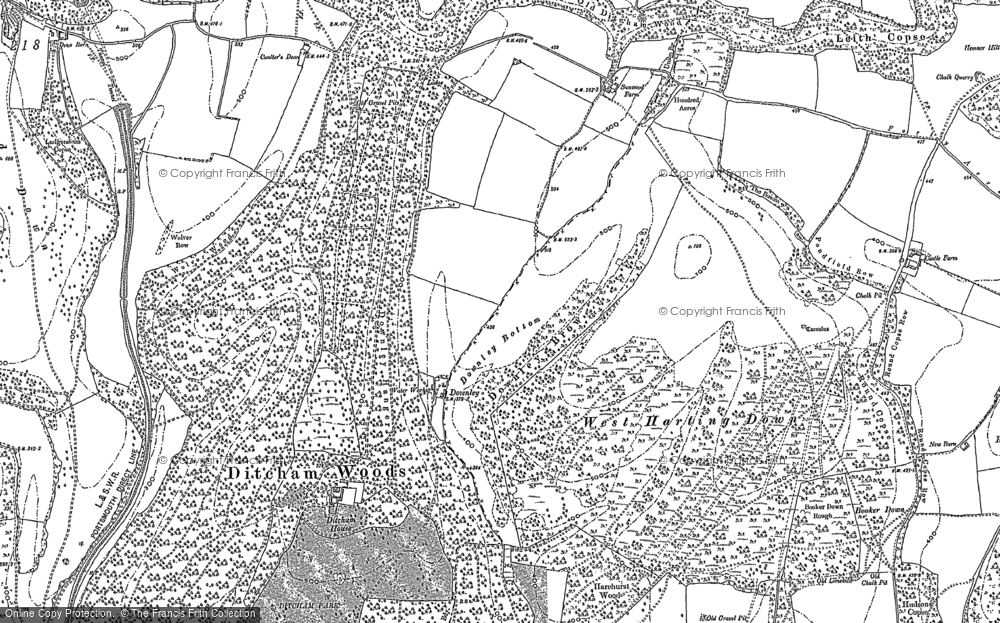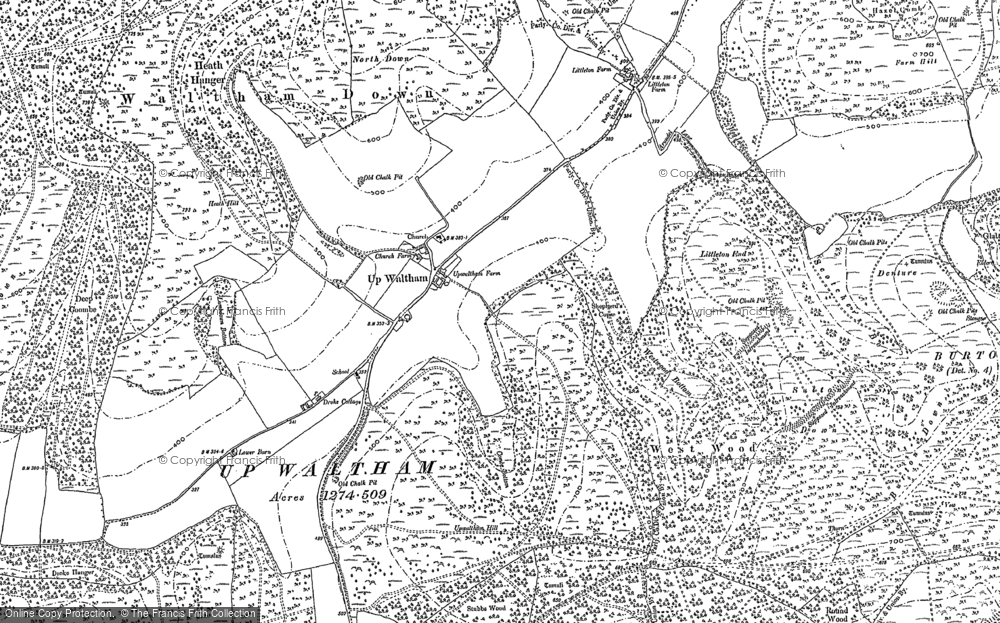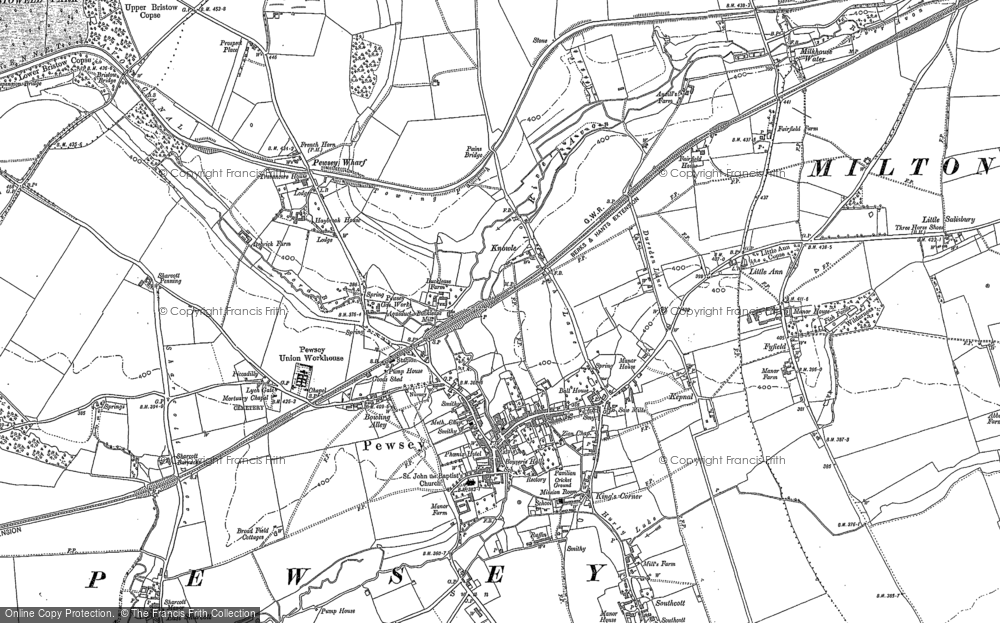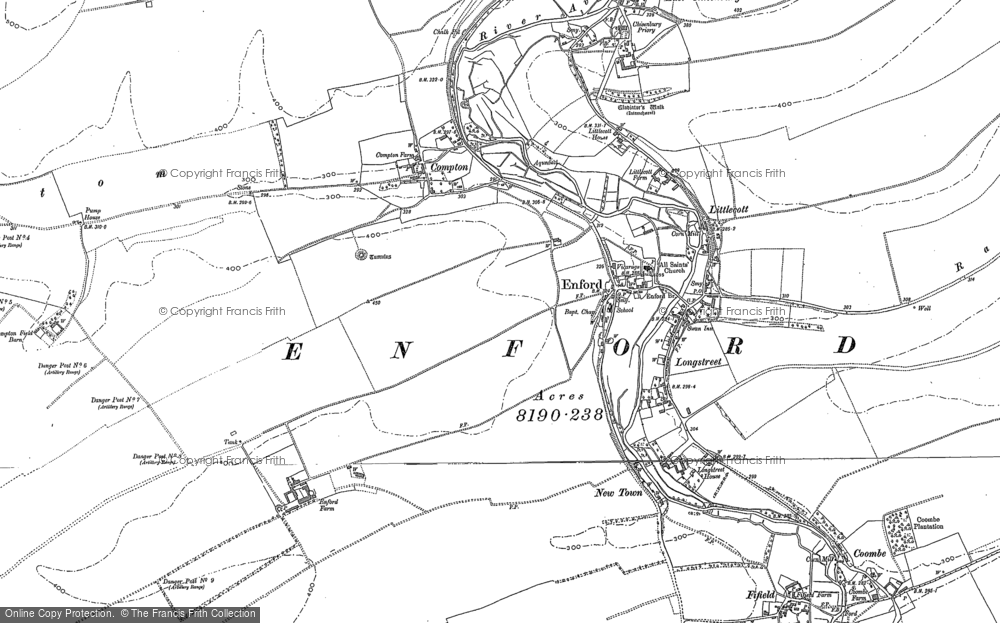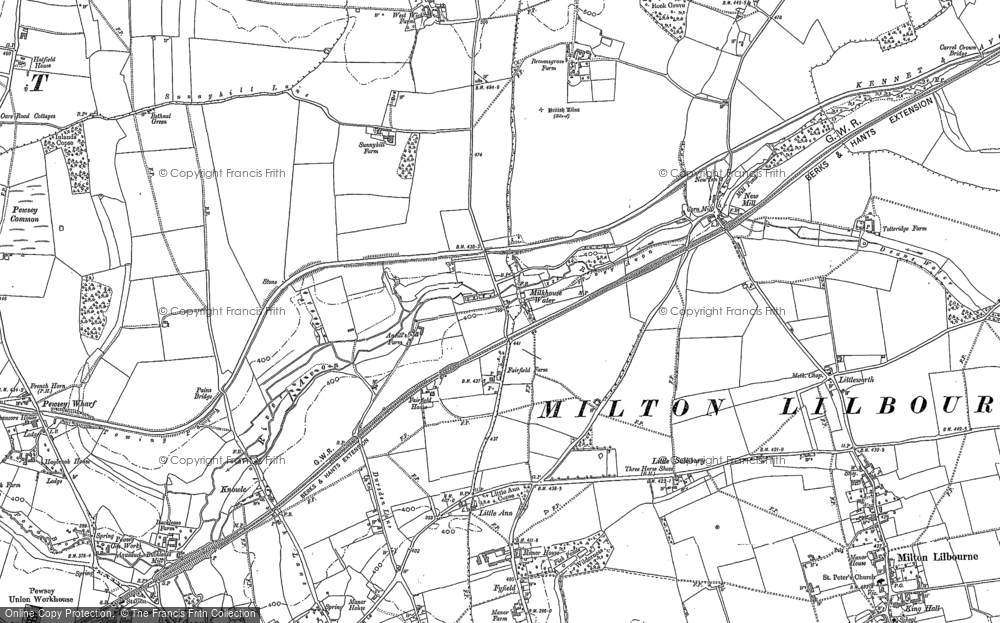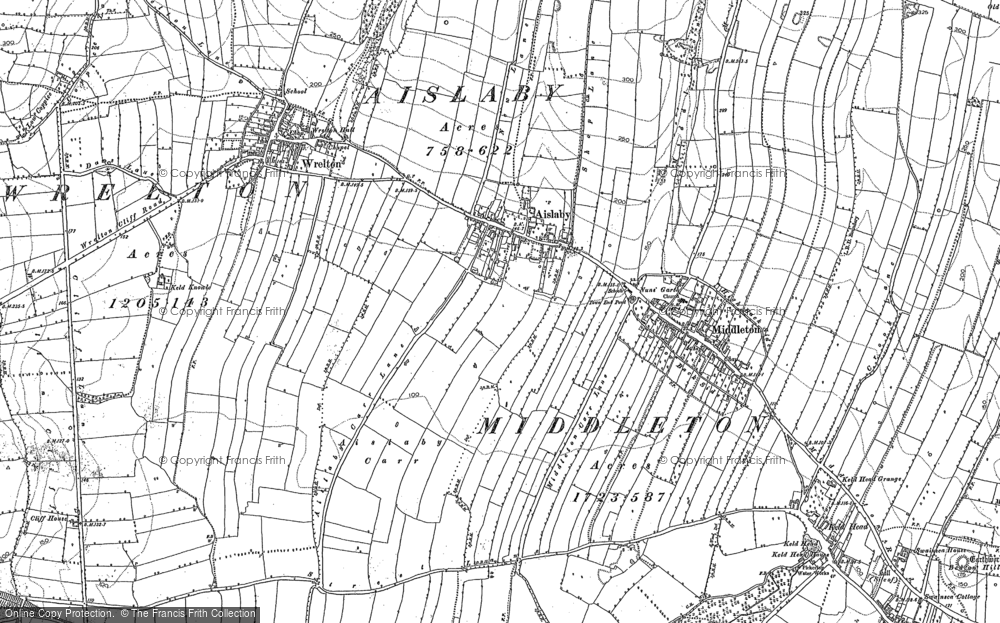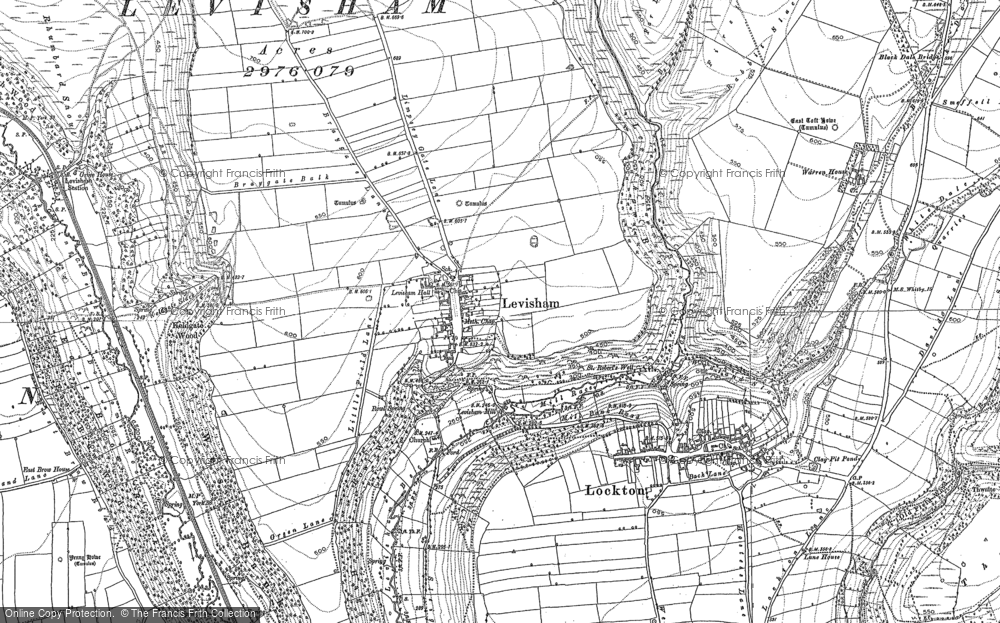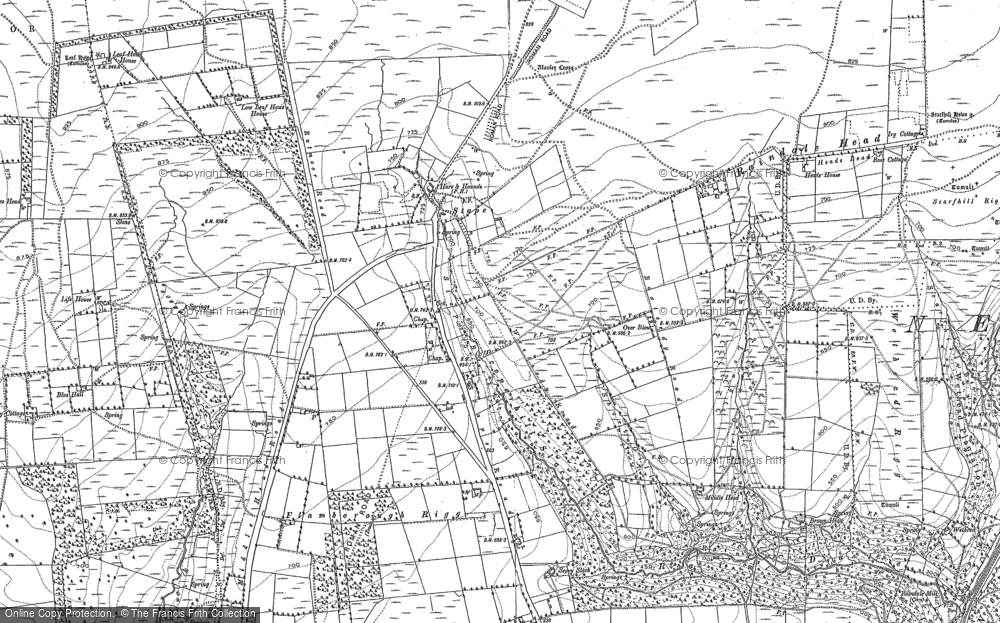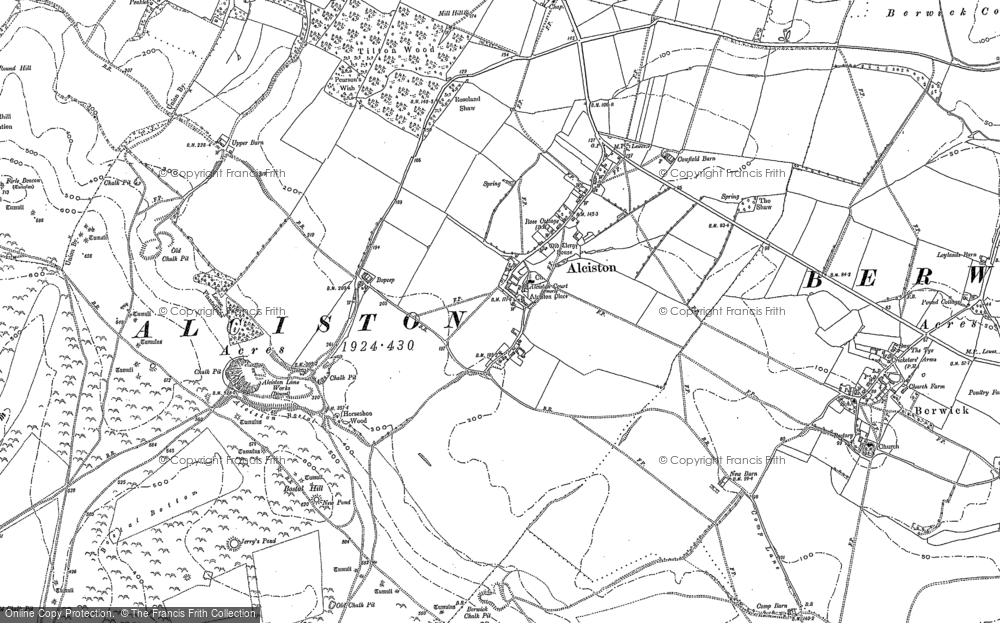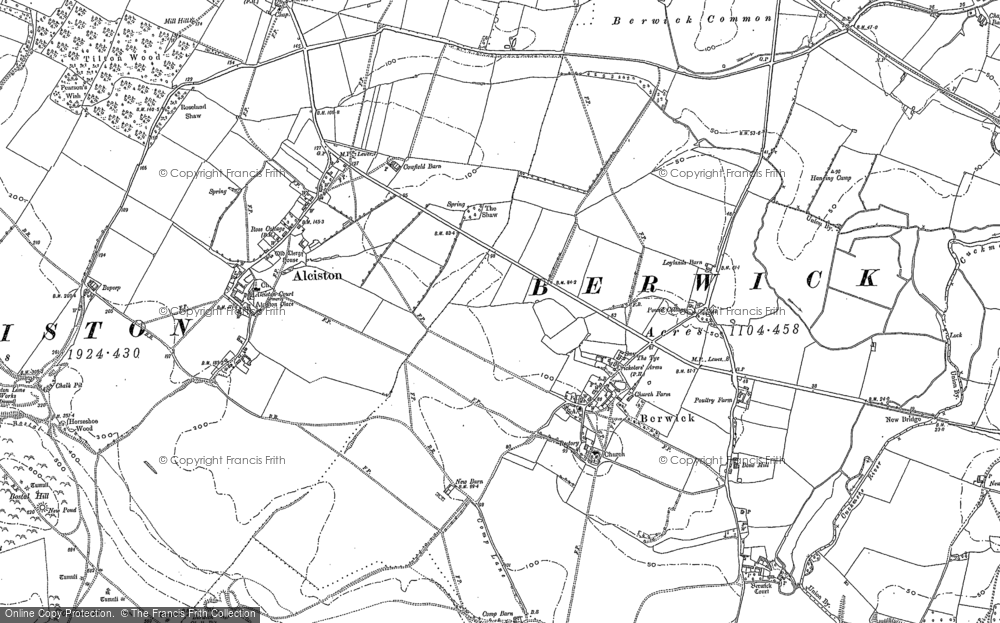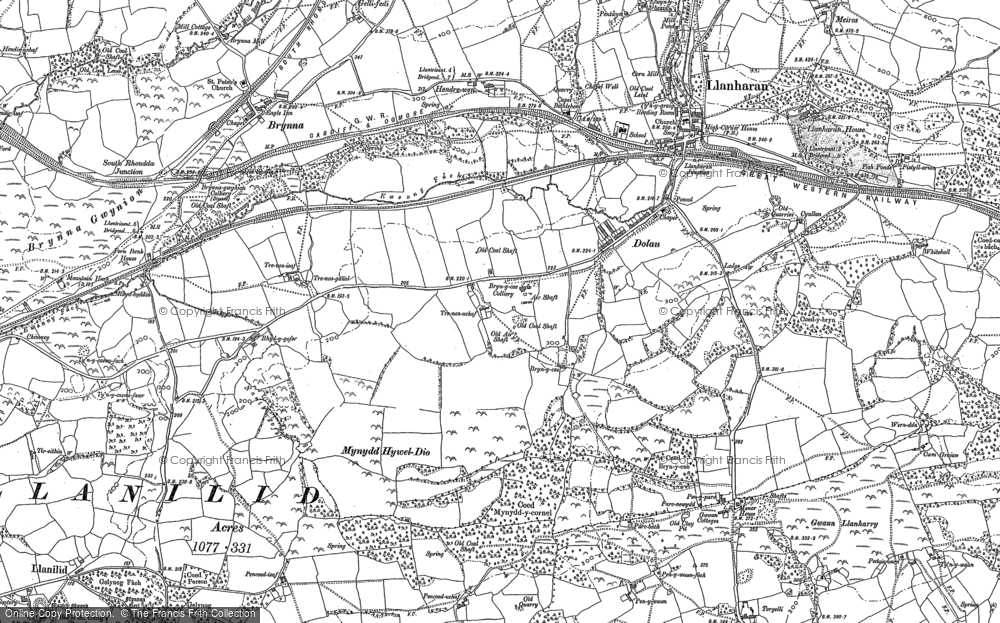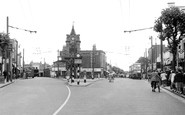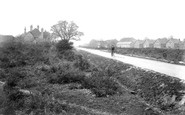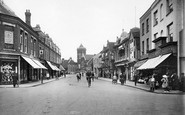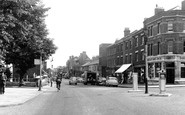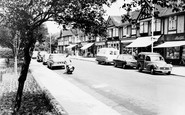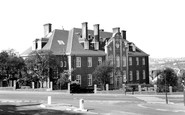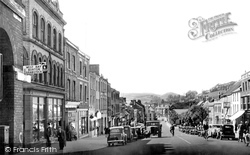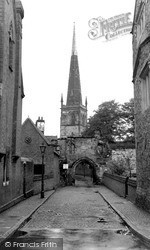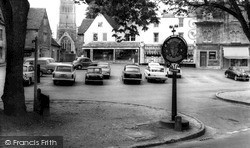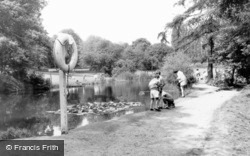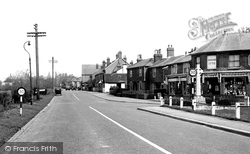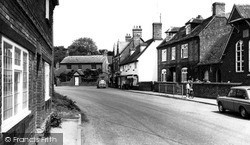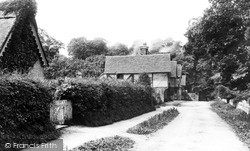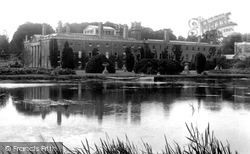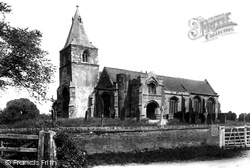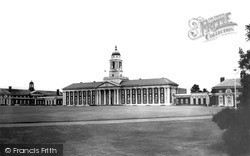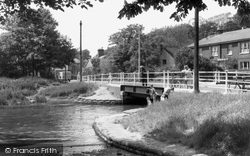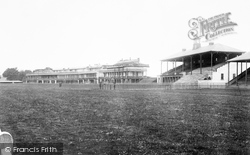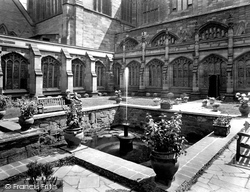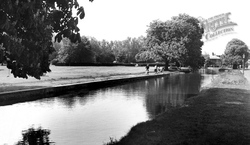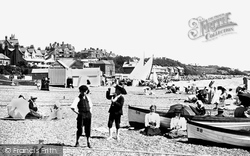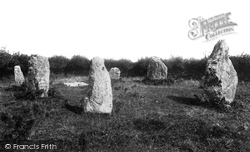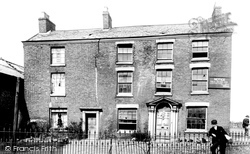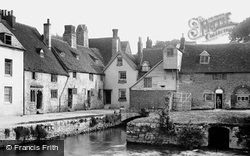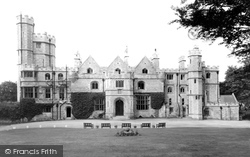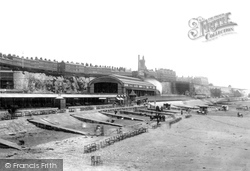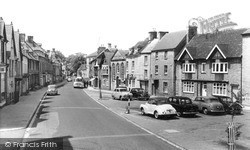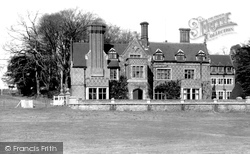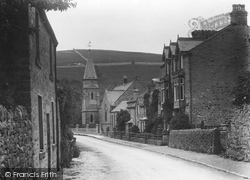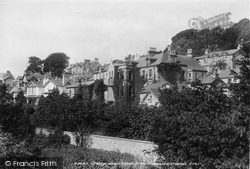Places
36 places found.
Those places high-lighted have photos. All locations may have maps, books and memories.
- Shanklin, Isle of Wight
- Ventnor, Isle of Wight
- Ryde, Isle of Wight
- Cowes, Isle of Wight
- Sandown, Isle of Wight
- Port of Ness, Western Isles
- London, Greater London
- Cambridge, Cambridgeshire
- Dublin, Republic of Ireland
- Killarney, Republic of Ireland
- Douglas, Isle of Man
- Plymouth, Devon
- Newport, Isle of Wight
- Southwold, Suffolk
- Bristol, Avon
- Lowestoft, Suffolk
- Cromer, Norfolk
- Edinburgh, Lothian
- Maldon, Essex
- Clacton-On-Sea, Essex
- Norwich, Norfolk
- Felixstowe, Suffolk
- Hitchin, Hertfordshire
- Stevenage, Hertfordshire
- Colchester, Essex
- Nottingham, Nottinghamshire
- Bedford, Bedfordshire
- Bury St Edmunds, Suffolk
- Aldeburgh, Suffolk
- St Albans, Hertfordshire
- Hunstanton, Norfolk
- Chelmsford, Essex
- Bishop's Stortford, Hertfordshire
- Peterborough, Cambridgeshire
- Brentwood, Essex
- Glengarriff, Republic of Ireland
Photos
11,144 photos found. Showing results 2,681 to 2,700.
Maps
181,031 maps found.
Books
442 books found. Showing results 3,217 to 3,240.
Memories
29,044 memories found. Showing results 1,341 to 1,350.
A One Off
Just opposite the Buddle School, There stands paper shop, Throughout my youth I as a rule, Would almost daily stop. From Nineteen seventy seven, Until the Eighties took their bow. This shop was ran by Tommy, Sadly no longer with us ...Read more
A memory of Wallsend by
Better Times
Great Britain is in disarray, I've never seen the likes. Worse than when Thatcher telt us Geordies, to get on wa bikes. They closed the yards and factories, we had them by the score, These places now just memories, of better ...Read more
A memory of Wallsend in 1985 by
Lamb Family
My father, David Lamb, had a watchmaker / jewellers shop firstly at 13 Bogie Street and then from 1963 until 1984 at 30 Duke Street, Huntly. From the Royal Oak pub owned by the Yules, there was then Connie and Eric Stephens the newsagents, ...Read more
A memory of Huntly in 1966 by
The Pantiles And The Broadway
I was born in Hurlingham Road, off The Pantiles during the war. The air raid shelters were still there for many years, and the allotments. School was a walk to Bedonwell Primary, joining others on the way. Weekly ...Read more
A memory of Bexleyheath in 1947 by
Passfield Common.
This photo shows the common looking southeast towards Liphook. The common was a favourite haunt for Canadian troops and local girls during WW2. Spent many hours gathering bracken for bedding for my rabbits, and roaming across it's ...Read more
A memory of Passfield in 1940
The Old Hawkes Sweet Factory In New Street, Chelmsford
Hi my name is Doug, when I left school at the age of 15 in 1955 I worked at the Hawkes sweet factory as a sugar boiler, amongst other things, and it was there that I met my first girl friend. ...Read more
A memory of Chelmsford in 1955 by
The Time Bomb On Bell Vue Terrace
I can add information about the September bombing and suggest that one reason for the low number of casualities was that it was a time bomb that landed on Bell Vue Terrace. Aunt Alice and Daisy lived at ...Read more
A memory of Hendon in 1940 by
Parkers Fish And Chips
Whilst my mum and dad were in Crayford Social club I would often go to the Parade Fisheries which was owned by a Mr Parker and prepare newspapers ready for wrapping up fish and chips for the customers; for this service I would ...Read more
A memory of Crayford in 1953 by
The 1950s At St. Annes
I loved St Anne's. Great theatre, music and games, an all-round education. I'll always think that I got a great education there and I'm sad it's been pulled down. I wish I could find some of my class mates; Wendy Dew is in ...Read more
A memory of Sanderstead in 1953 by
Your search returned a large number of results. Please try to refine your search further.
Captions
29,395 captions found. Showing results 3,217 to 3,240.
A remarkably foreshortened shot, westwards down West Street, with the 1785-built arch (far left) being the north-west corner of the Town Hall.
A prominent Norman castle mound, the remains of the town walls, including Prince Rupert's Gateway, the castle hall and St Mary de Castro church form the finest historic enclave in the city.
This is the west side of the market place; we have a better view of the church with its massive tower and noble parapets.
Whether Harborne is famous for being a good place to catch newts and minnows is not recorded, but it was famous as a place for growing gooseberries; the annual dinner of the Gooseberry Growers' Society
South-west of Oxted, and on the course of a Roman Road across the Weald, the route turns left at Blindley Heath, a hamlet on former heathland in the south of Godstone parish.
One of Berkshire's finest villages is Sutton Courtenay, with the cooling towers of Didcot Power Station a constant companion to the south.
This unspoiled row of 16th- and 17th-century half-timbered houses facing onto the church was built and owned mainly by small farmers and tradesmen, who formed the backbone of the rural affluent society
Beside the waters of the Great Stour, this great house in its pleasant parkland marks the original birthplace in 1380 of Cardinal Kempe, the ecclesiastical statesman.
Holme is a hamlet on the east bank of the Trent slightly north of Winthorpe. The church was rebuilt in 1485 by John Barton of Calais.
Lord Trenchard, father of the modern Royal Air Force, chose the site right in the middle of the Lincolnshire countryside so as to be as far away as possible from the temptations of the big cities.
Beyond the tithing of Barton and after crossing water meadows, we come to the pretty village of Bishopstoke.
By the date this picture was taken, Doncaster had been a racing centre for nearly three hundred years and had been the home of the oldest classic race, the St Leger, since its first running in 1778.
At this time, the reconstruction of the cloister gardens had not long been completed.
In 1797 a committee of seven was appointed by the trustees to negotiate with the proprietors of the newly formed Grand Junction Canal Company who required land for the extension of their canal.
No shortage of holidaymakers on the beach at turn-of-the-century Felixstowe. The only shortage here, a hundred years ago, is that of exposed skin. This was an era when modesty prevailed.
This small stone circle has only eight stones; it is distinguished because of the size of the stones - one is nine feet high - and the fact that they are made of white quartz.
The mining of salt led to many buildings suffering the effects of subsidence; one of the more spectacular episodes involved The Witch and Barrel pub sinking one Saturday night into a big hole.
The unusual 13th-century gabled chimney of the Checker (or Exchequer) building can be seen behind the old stone cottages in Thames Street.
Netley, on the east bank of Southampton Water, was another of Henry VIII's coastal forts, though this one was a conversion of an existing building, the gatehouse of Netley Abbey.
In the centre of this photograph is the rail terminus of the line from Faversham.
Looking northwest along the High Street, we see an interesting variety of Georgian buildings, including Woodstock's Baptist Chapel on the right.
An earlier trickle of visitors has now given way to something of a torrent, though increased numbers have not diminished the attractiveness of the setting.
Burnsall lies in the heart of Wharfedale, where the drystone walls spread like a net over the fells, as can be seen in the background of this picture.
This scene shows the view from near what is now the garden centre, and is somewhere near the site of the port of times past - the tide is now held back by the railway.
Places (6814)
Photos (11144)
Memories (29044)
Books (442)
Maps (181031)




